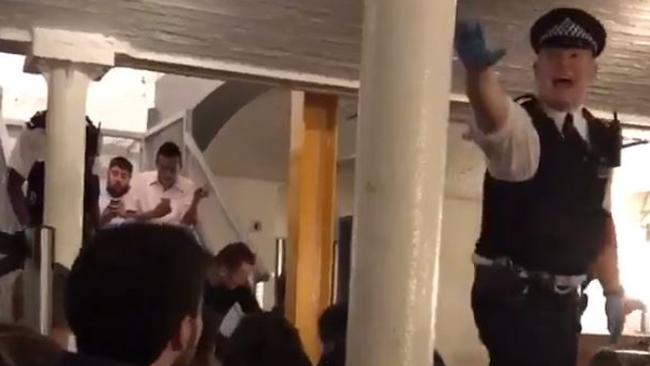Questions raised over why Britain’s terror threat level was lowered just before the London terror attacks
SERIOUS questions will now be asked about the latest terror attack in London, including what intelligence agencies knew and why the threat level was reduced just a week ago.
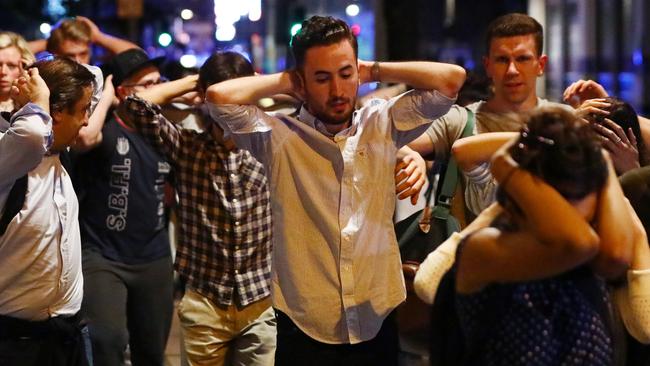
World
Don't miss out on the headlines from World. Followed categories will be added to My News.
- London terror: Witnesses describe horrifying attack
- Eyewitnesses tell of London terror attack horror
- Van mowed down pedestrians on London Bridge
- What we know about the attacks so far
ANALYSIS
TERROR has once again struck the mighty British capital of London, the country’s third attack in just 10 weeks.
A gang of three terrorists employed the now-standard technique of running down pedestrians with a vehicle, then used knives to stab more victims.
The practice is devastatingly effective, as shown in the French Riviera city of Nice in July last year when a Tunisian-born French resident drove a truck through crowds celebrating Bastille Day. An appalling 86 people were killed and 432 injured.
The latest attacks in London overnight bring to 34 the number of people killed in the UK in terror attacks since March 22.
This figure does not include the terrorists (five in total) who carried out the three incidents, and who also died, either by their own hand or at the hands of police.
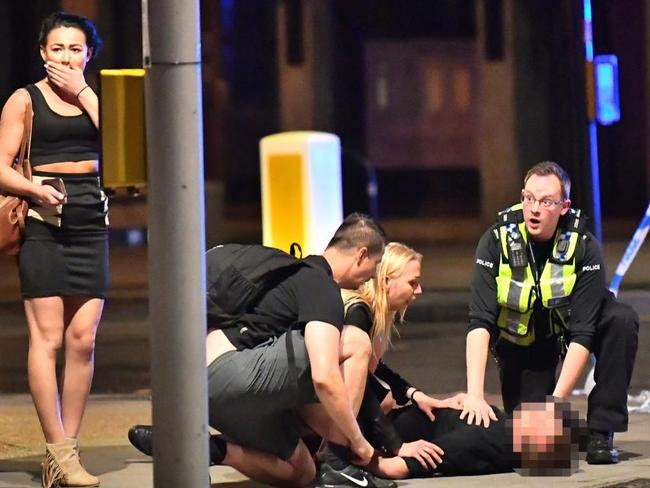
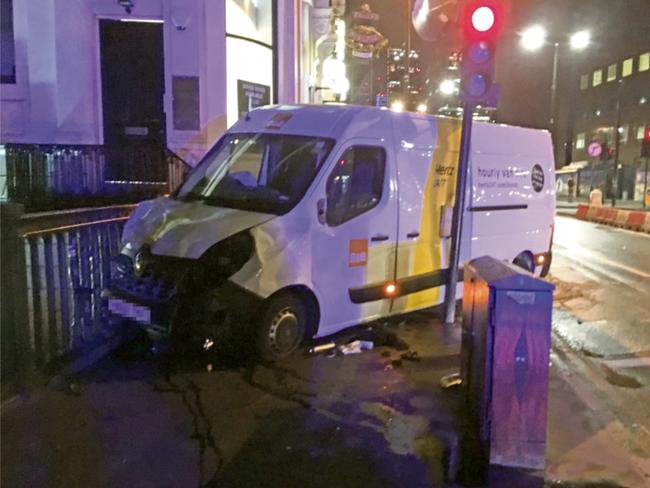
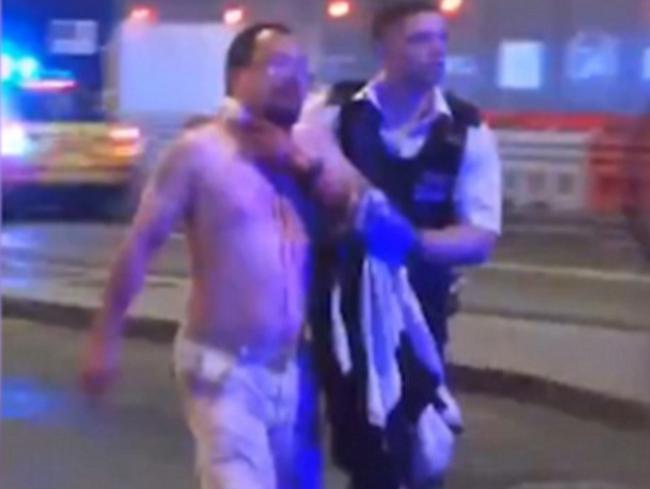
Yet prior to this year, the UK had not had a mass casualty terrorism incident since 2005, when co-ordinated attacks on the public transport network killed 52 people.
This set it apart from its allies in continental Europe, who have been battling major terror attacks for the past decade.
RAMADAN: Holy month has become killing season
Saturday night’s attack had some similarities to the ones in Paris in November 2015, which killed 130 people.
The London attackers targeted a busy area packed with people enjoying a Saturday night out at the many bars and restaurants peppered around the Borough Market on the southern banks of the Thames.
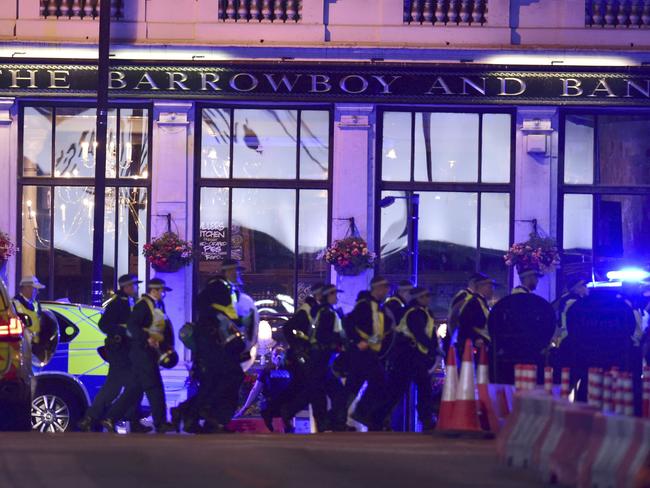
The terrorists who struck Paris in 2015 also targeted cafes, bars and the Bataclan Theatre, striking at the cultural hub of the 10th arrondissement.
France responded by declaring a state of emergency, which continues to this day — indeed new president Emmanuel Macron last month sought to extend it.
By comparison, the UK was not at its highest terror threat level on Saturday night — that had been dropped back to the second-highest level, severe, on May 25.
RELATED: What we know so far about London’s eight minutes of terror
It was raised to the top level — critical — for just four days after the Manchester attacks, which occurred on May 22.
The troops deployed to guard landmarks such as Buckingham Palace began to be withdrawn from Monday.
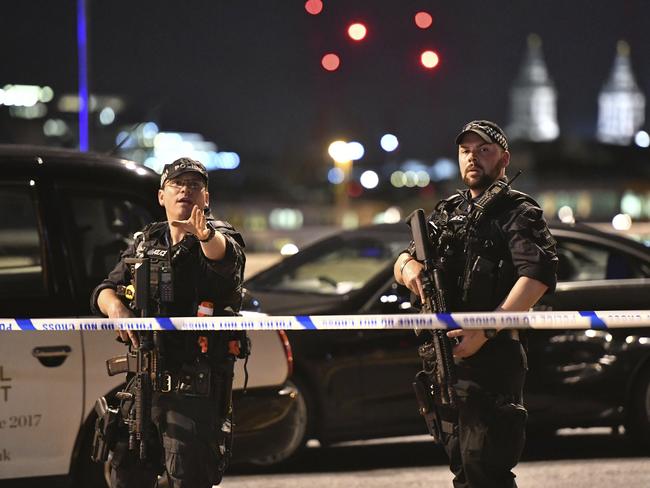
Serious questions will now be asked within the security agencies about what more, if anything, could have been done to prevent these attacks occurring.
British intelligence agencies are facing heavy scrutiny after it was revealed they were aware of Manchester terrorist Salman Abedi but didn’t consider him a major risk — until he detonated a suicide bomb and killed 22 people at Manchester Arena.
It then emerged that various other security agencies knew about him, including the US.
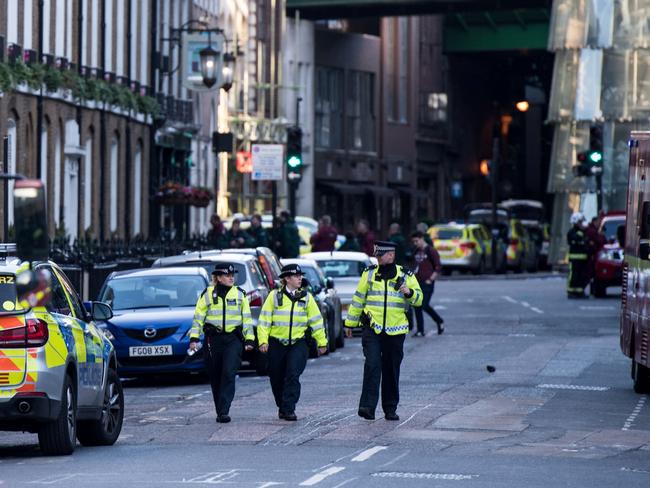
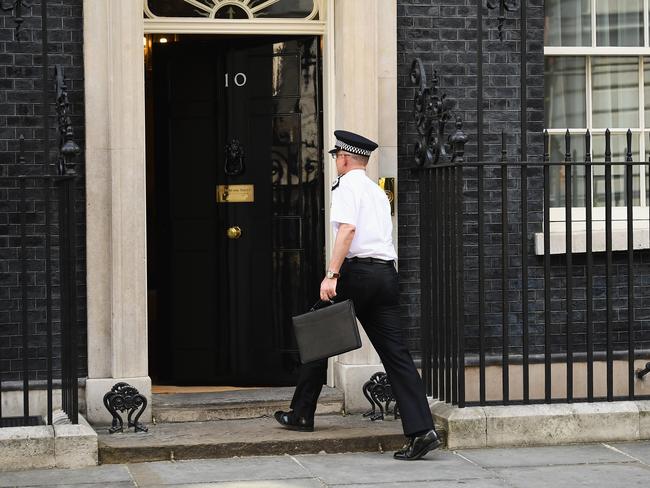
The man who killed five people at Westminster Bridge in a sickening attack on March 22, another British-born terrorist Khalid Masood, was also known as a peripheral figure in extremist inquiries but was also not considered a threat.
The British election is on Thursday. Prime Minister Theresa May’s 20-point lead has been cut to single figures.
All sides of politics will want to know what information the security agencies held about the three men who carried out Saturday’s night atrocity.
While national security emergencies usually favour the incumbent, any failure by the security agencies — particularly if it occurred on the Conservatives’ watch — could spell the end of the May government.
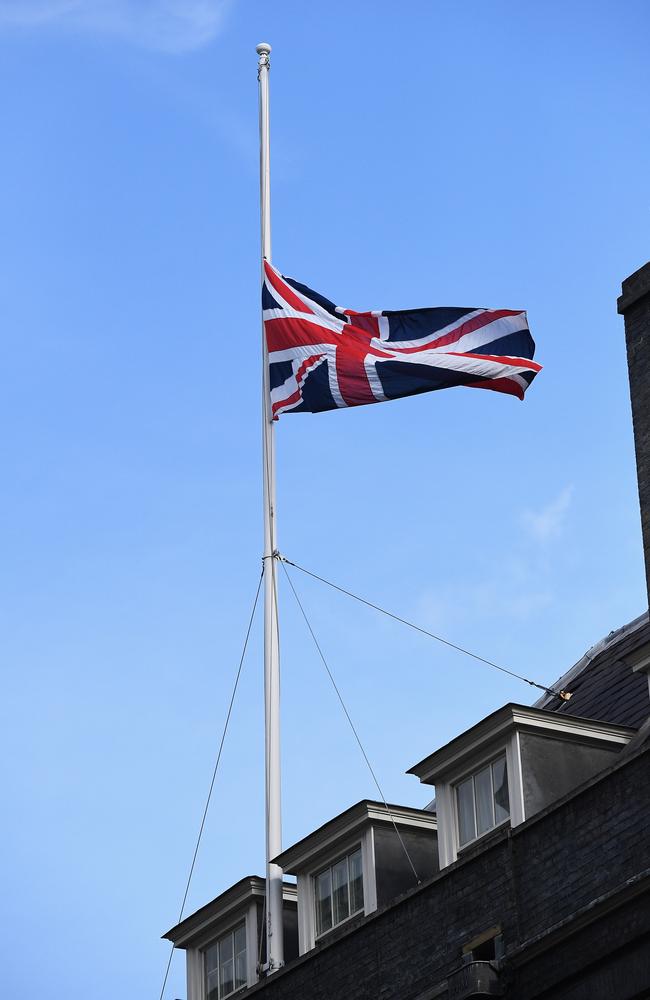
Originally published as Questions raised over why Britain’s terror threat level was lowered just before the London terror attacks

